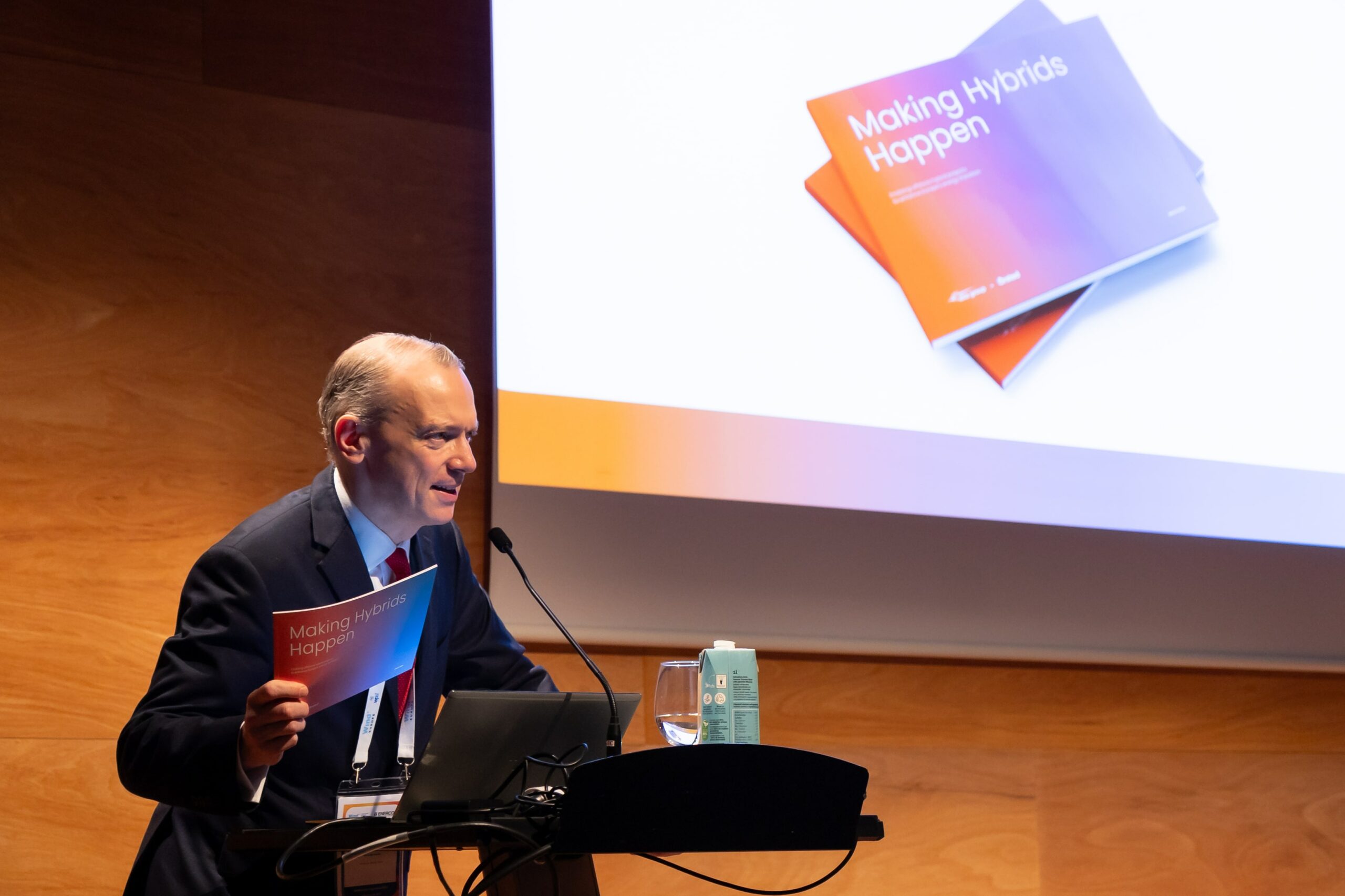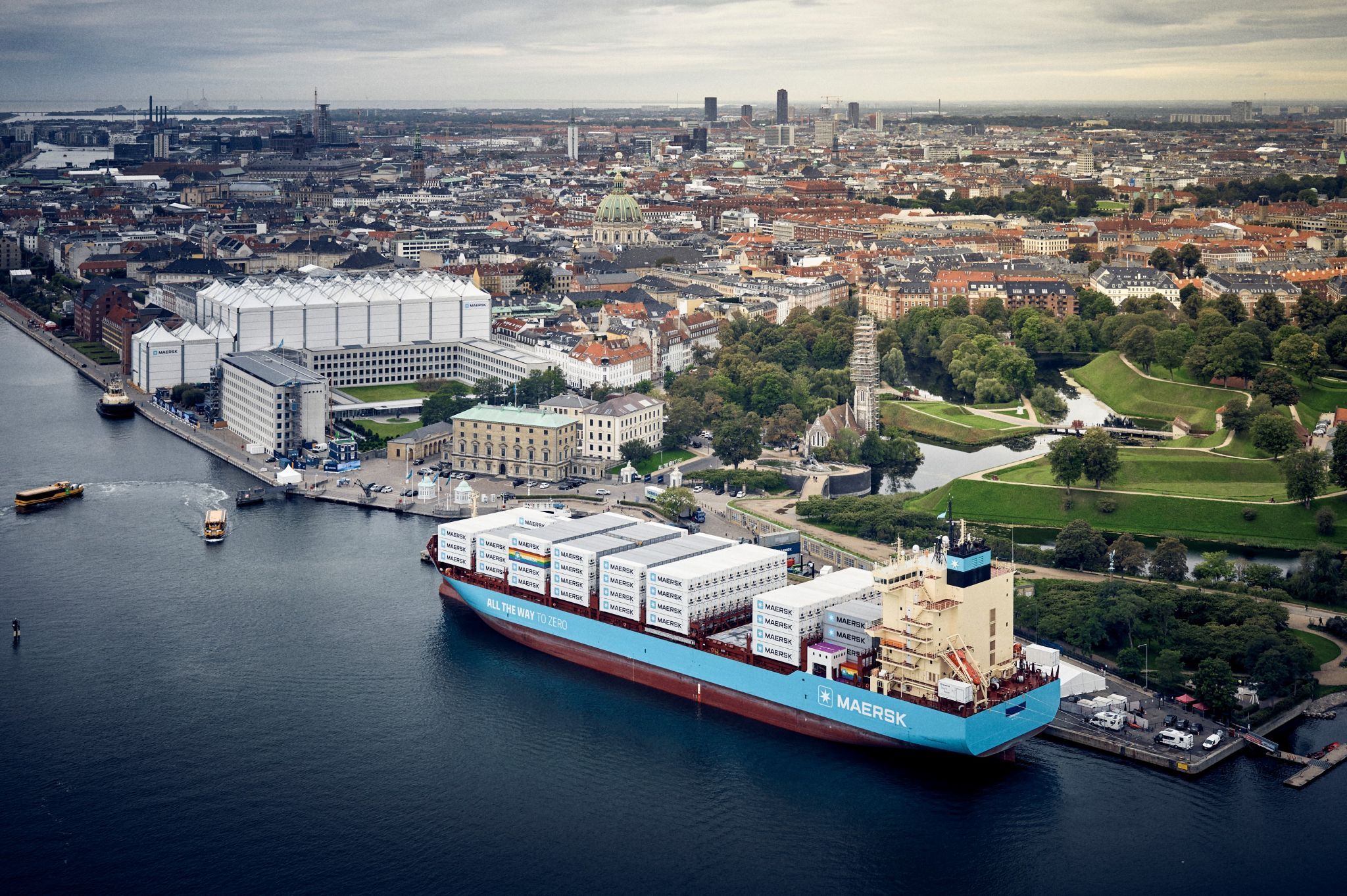News
CHP
District heating
Energy storage
+5
Two Ramboll projects among the eight most efficient district heating and cooling systems in the EU


Two Ramboll projects, Integrated District Heating and Cooling in Greater Copenhagen and Solar District Heating with Seasonal Heat Storage Pit in Gram, are among the eight case studies identified in a new EU report. In the report they are analysed from a holistic perspective – from national policy frameworks to specific local conditions and business model – to understand the key factors that make them well functioning, and to finally explore whether some of the best practices can be replicated in other Member States.
Integrated District Heating and Cooling in Greater Copenhagen
Denmark is one of the most energy efficient countries in the world. The widespread use of district heating systems and CHP supported by national energy policies since the 1970s has proved to be a successful way to improve the energy efficiency and tackle climate change and security of supply in Danish cities.
These successful results can be illustrated through Greater Copenhagen’s integrated DHC system. The City of Copenhagen and 24 surrounding municipalities have since the 1980s developed a world-class DHC system, which today covers 98% of the total heat demand in the district heating zones, mainly through CHP and waste-to-energy.
Ramboll has contributed to making the integrated DHC system in Copenhagen a success. Ramboll has from 1970 provided a wide range of consultancy services to most of the energy companies and authorities in the region, including:
- Planning of heat supply for most of the municipalities;
- Planning, design, and implementation of the heat transmission networks for CTR and Vestforbrænding as well as more than 10 distribution networks incl. Frederiksberg Forsyning and the three waste to energy plants, Vestforbrænding, ARC and KARA/NOVEREN.
- Planning and design of Avedøreværket and Amagerværket including 3 x 24,000 m3 heat storage tanks.
- Rehabilitation of old district heating networks for several of the district heating companies.
- Analysing stationary and pressure transient hydraulic in the whole transmission system.
- Planning and design of district cooling systems.
Solar District Heating with Seasonal Heat Storage Pit in Gram
Gram is a 2,500 population town in the Municipality of Haderslev in Southern Jutland, Denmark. Its solar district heating system with a seasonal heat storage pit represents a successful model for innovative, cost-efficient and flexible heat supply. The DH system is owned and operated by a consumer-owned cooperative and supplies heat to almost all buildings in the town. Its energy mix has been progressively upgraded to integrate a higher share of renewable energies as 60% of the heat is generated by the sun and most of the remaining from a heat pump, an electric boiler and a gas fuelled CHP. Thereby the system responds to the electricity market as if a battery had been installed.
Ramboll has been the Owner’s Engineer on this project and has designed the solar heating plant as well as the seasonal heat storage pit.
No one-size-fits-all model
The other cases analysed in the EU report include District Heating and Cooling in Tartu, Estonia; Smart District Heating and Cooling in Paris Saclay, France; District Heating in Hafencity (Hamburg), Germany; District Heating and Cooling in Brescia, Italy; District Heating and Cooling in Barcelona, Spain; and Integrated District Heating and Cooling in Greater Stockholm, Sweden.
The report concludes that there is not a one-size fits-all model to develop efficient DHC systems. The case study analysis suggests that each system has a distinctive architecture and has relied, throughout its development, on primarily local dynamics, combining partly replicable key success factors in various ways.
These key success factors are:
- Adequate national policy and regulatory environment
- Direct/indirect financial support to efficient DHC investments
- Focused local policy and coherence with urban planning
- Alignment of interests / Cooperation maturity
- Availability and relevance of local resources
- Comprehensive project development
- Price competitiveness against alternative energy solutions
- Flexible heat and cold production
- Combining technical and non-technical innovation
More information
Heating and cooling represent about 50 % of the final energy consumed in the EU. 84 % of heating and cooling in the EU is still generated from fossil fuels while only 16 % is generated from renewable energy.















